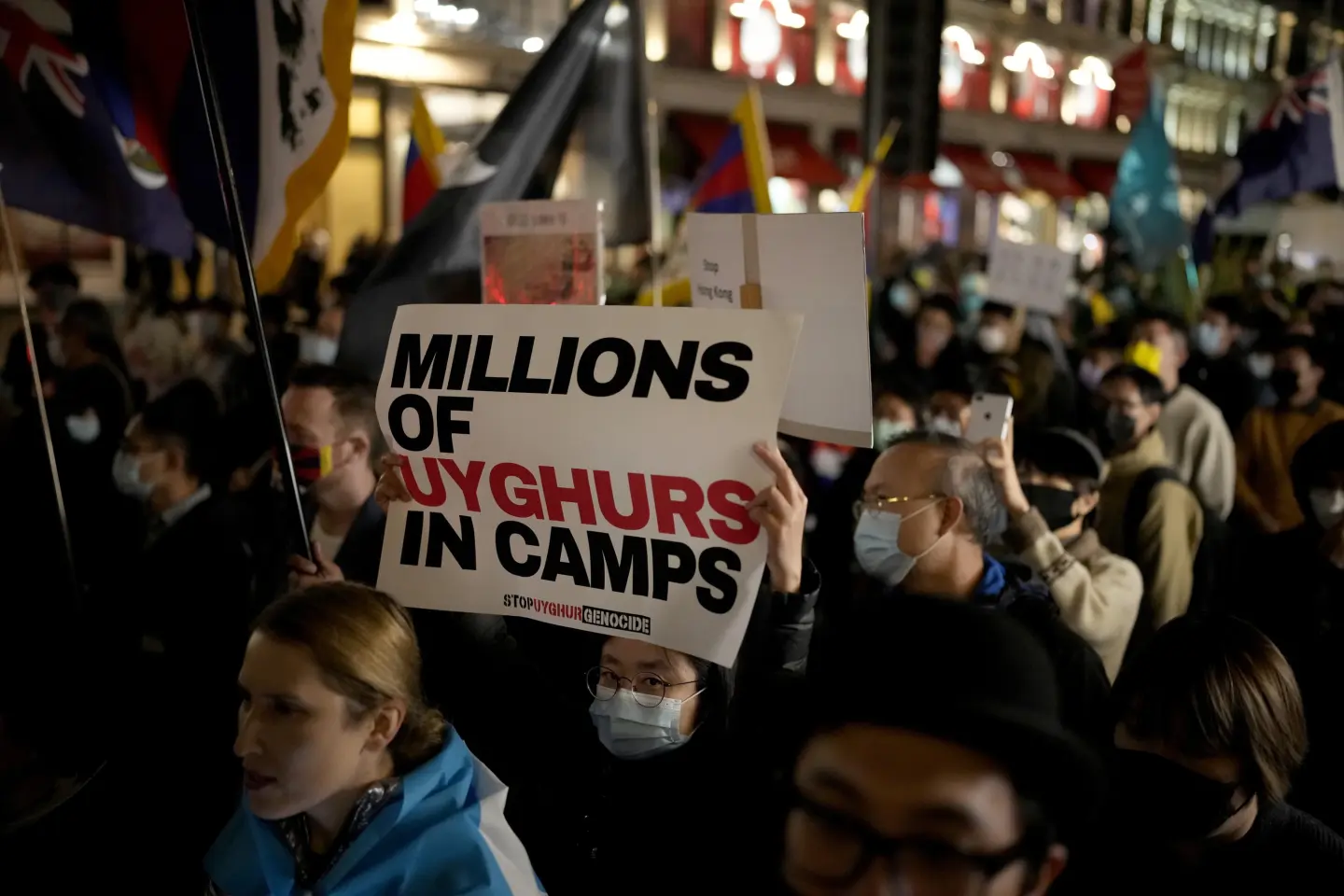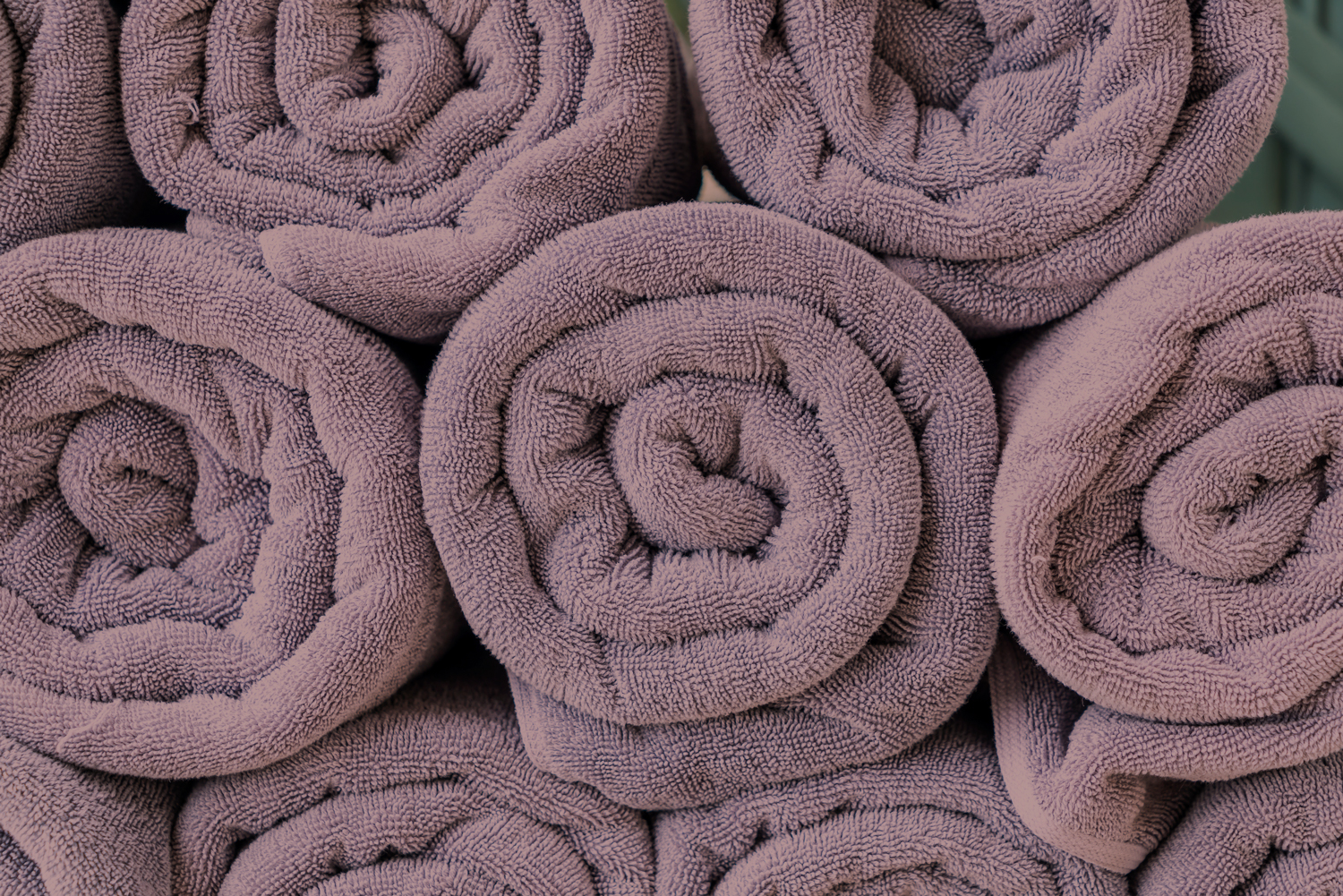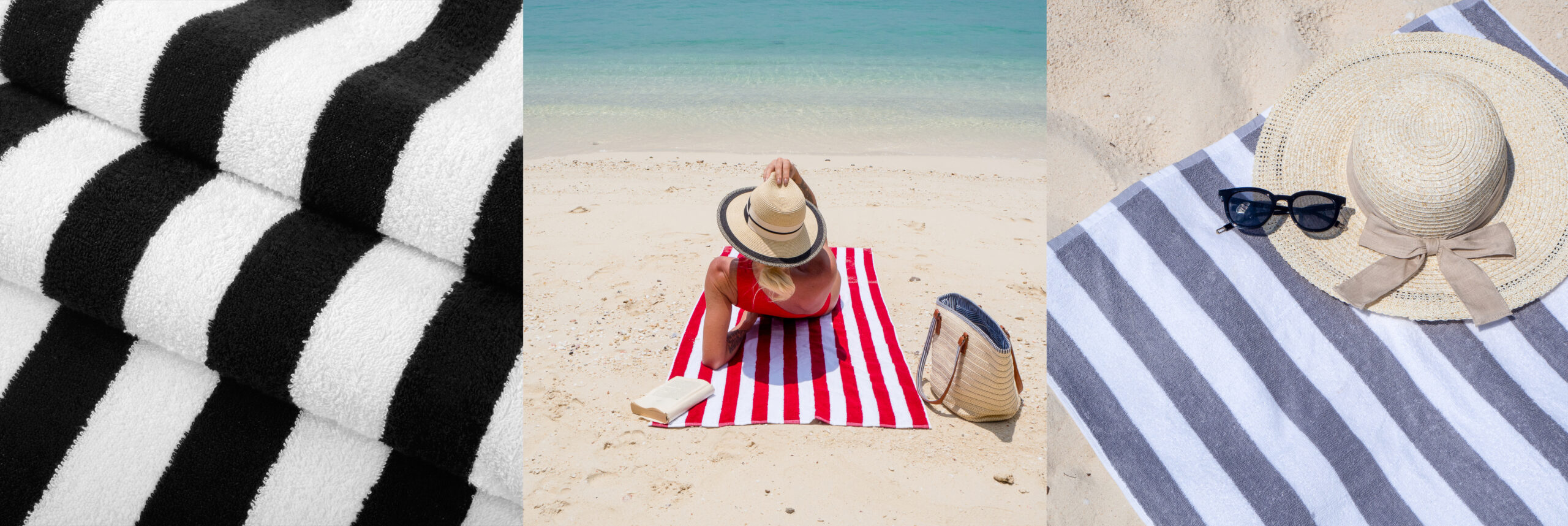Overseas Freight: Cost to ship the product into the US
Now let’s take a look at getting those wholesale towels across the pond! Wholesale towels typically ship in 40′ containers from Karachi, Chittagong, Mumbai Etc. There is a cost per LB to move the product. A 40′ container holds about 22,000 LBS of towels packed in boxes or 42,000 LBS of towels if compressed and packed in bales. Textile containers typically book by volume, not weight.
According to Asia Times Financial, the cost of chartering a 40ft container from China to the US East Coast hit a record in December of $4,928, up 85% since June 1 ($2,663), according to Freightos data in Refinitiv Eikon. Rates to Europe have jumped 142% over the same period and 103% to the Mediterranean via the Suez Canal. The rates for some shorter-haul – and lower-margin – routes have jumped by even more. The Ningbo Containerised Freight Index from China to Singapore/Malaysia soared nearly 300% between early October and December as a bidding war for shipping space broke out among Southeast Asian exporters.
So if we look at cotton products, the overseas freight costs have risen about 50-85% depending on Country of Origin. Simply put, if it cost $0.14 per LB to move towels in June from Pakistan to NY, today it costs $0.24 per LB. On a 10.5 LB towel, that is an increase of just under $1/doz (or $1,990/container)


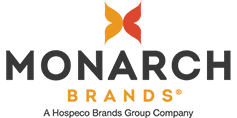
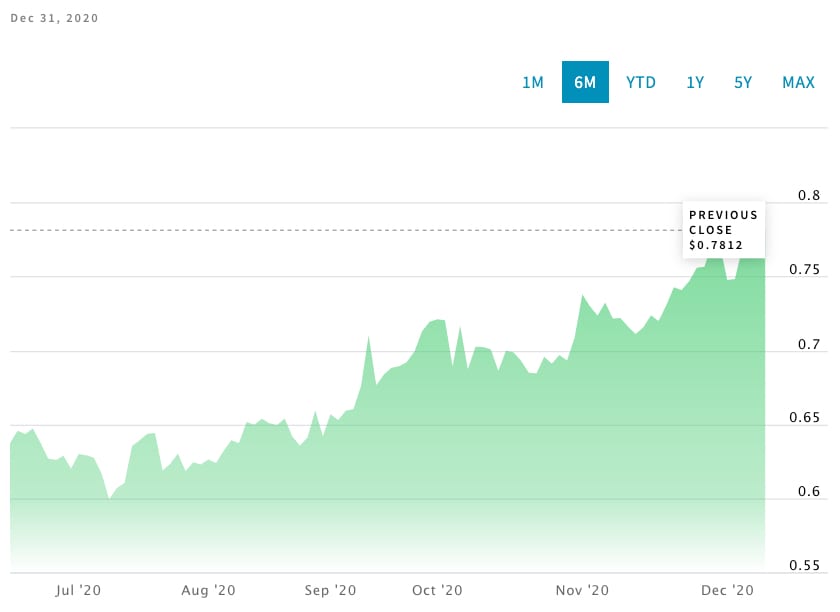
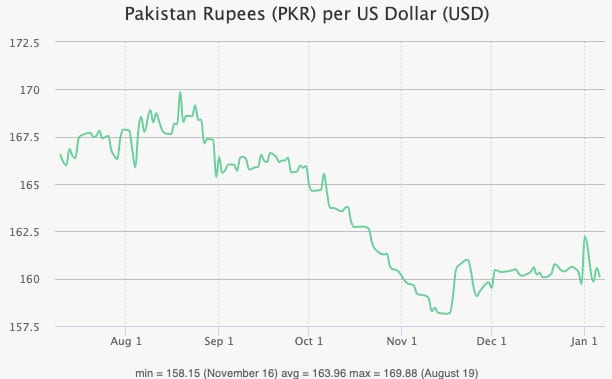
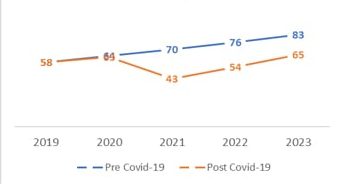


 Author: Hal Kanefsky
Author: Hal Kanefsky

